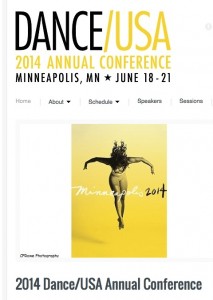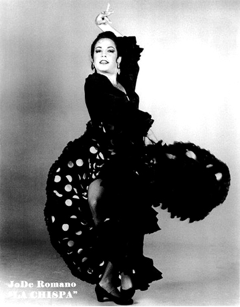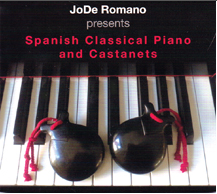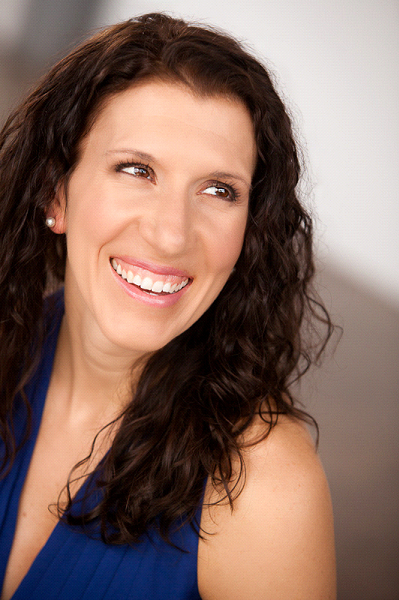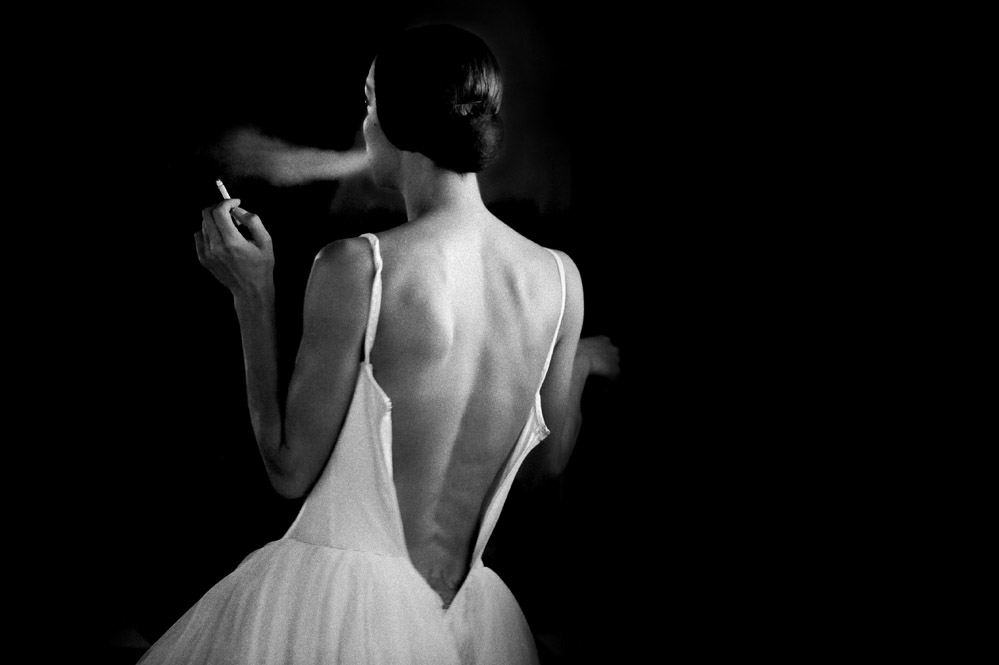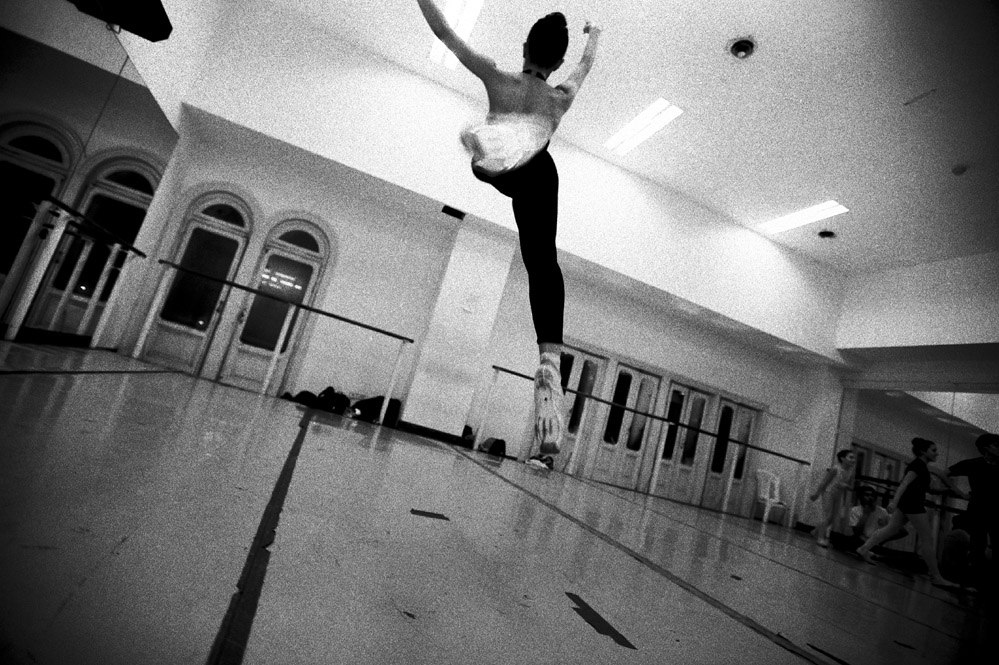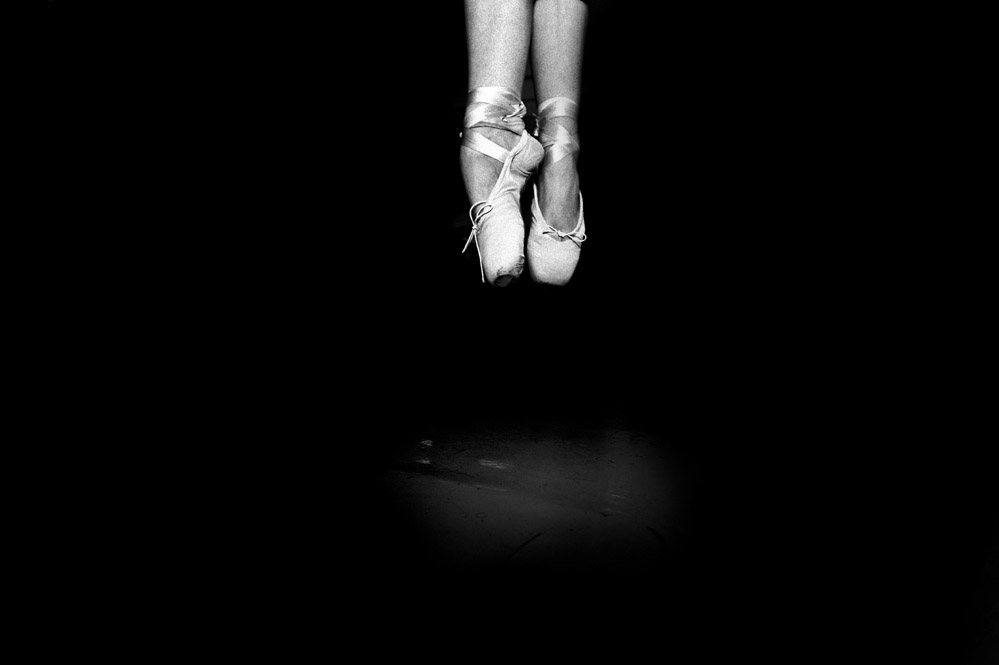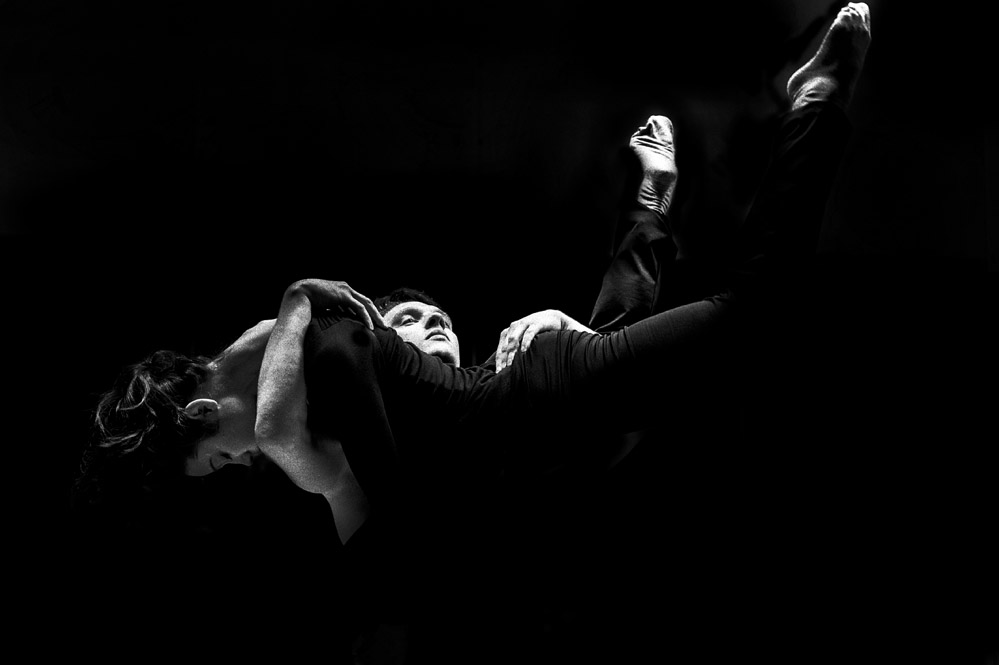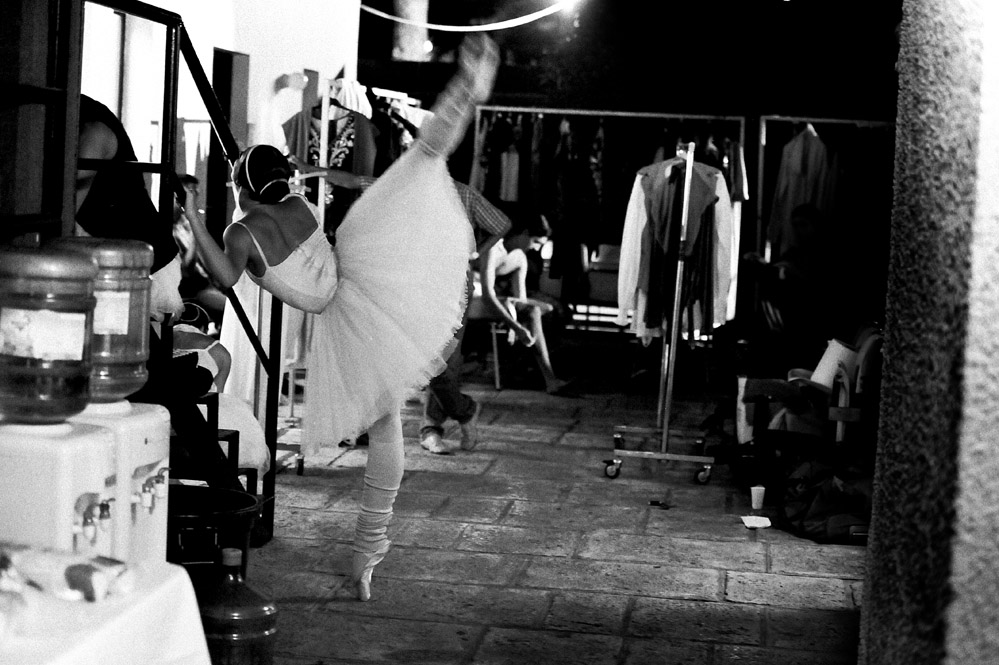I am delighted to introduce you to Moira McCormack, the chief Physiotherapist (that’s the UK word for Physical Therapist) for the Royal Ballet Company in London, England. Moira is a former dancer who became a PT, and has been working with dancers for over 20 years.
Several months ago we had an article on stretching, and I promised you a follow-up; a piece specifically on hypermobility — so here it is! We are indebted to Moira for writing this for 4dancers, as she is one the leading experts in this area of dance medicine.
– Jan Dunn, Dance Wellness Editor
—————————————————————

Everyone knows that dancers need to be flexible. You can work hard to achieve flexibility but while this is not easy or comfortable it is achievable to a certain extent. However, there are those dancers who do not have to work for flexibility – they can already do the splits every which way, often have swayback knees, a very flexible spine and ‘amazing’ feet. These dancers have an inherited joint flexibility. This means the connective tissue, at cellular level, which binds the body together – joint capsule, fascia, ligaments, tendon, and skin – is not as tightly or evenly knit together compared to other bodies.
Just before you wish you were one of those, you need to know the drawbacks. If you have inherited a global hypermobility (hyper=more than normal) there may be some far reaching consequences.
These dancers also have flexibility where they do not need it – the joints of the fingers which bend backwards to an alarming degree, the shoulders that are extremely flexible and the swayback elbows which look distorted. Also the skin is over stretchy, especially at the elbows and knees and over the back of the hand.
Those dancers find it hard to build strength, control and stability. If joint capsule and ligament allow more excursion (movement), this can lead to early wear and tear or even injury if dislocation takes place.
Good stability around joints is a result of joint capsule and ligament restriction and deep muscle activation during dynamic movement. All dancers need this, but the hypermobile dancer needs it even more, to counteract the lack in ligamentous restriction and protection.
There is a whole range in flexibility of the human body – from a global tightness which we do not find in dance to a global hypermobility which we do see, but it is not necessarily recognised as a condition to be handled with care.
The hypermobile dancer can make beautiful shapes but the coordination required to achieve a speedy petit allegro can be elusive. Balance and correct alignment can also be compromised in the dancer who is struggling with joints that are more mobile than stable. Overuse injuries and trauma can occur and it is the accumulation of injuries that progress the unfortunate dancer into what we call the Hypermobility Syndrome.
The hypermobile dancer who understands the particular requirements of her / his body will find training more logical and encouraging.
Stability
As with all dancers, stability and control starts with the pelvis and spine. The deep abdominal muscles and deep spinal muscles targeted in Pilates exercises are isolated and activated (editor note: In Pilates this is called “core control”, and in dance as often referred to as “center”).
The hip joint needs a balance of muscle around the ball and socket joint to stabilize and protect it. Placement and control should not be compromised by height of legs and ballistic (quick bouncy) movements.
The shoulders also require stabilizing, with exercises targeting the rotator cuff muscles to avoid subluxation (where the joint slips out of place just slightly) or dislocation (where it comes completely out of the socket) – especially in young male dancers who are starting lifting work.
The hyperextended knee needs to gain control throughout range, not just in the locked back position, to allow a global control of posture.
The foot requires correct alignment in order to cope with all dance techniques and needs specific foot exercises to develop the strength required for jumping, landing and pointe work. The very flexible foot, although attractive, is harder to control.
Strength
The hypermobile dancer finds it hard to gain and maintain strength – the ability to generate force within contractile muscle tissue. For this, high resistance exercises are necessary in the gym using equipment. This ‘cross training’ really is necessary for this particular body type.
Proprioception
This is the term used to describe the body’s position sense…i.e, knowing where you are in space. Good proprioception of the pelvis develops with core stability exercises, which educate correct spinal position. Good proprioception of the knee is developed with balance and resistance exercises and attention to perfect alignment in class. Take care not to rely on mirrors in studios. Instead try to develop better sense of position by improving alignment through careful repetition. Dancers describe this as ‘getting on your leg’.
Balance
Balance mechanisms are challenged in the more flexible dancer. Balance and proprioception are a result of accurate sensory information from joints and muscles via the nervous system. There is some evidence that these mechanisms are slower in the hypermobile body, which has to work harder than others to improve. Balance exercises in conditioning classes, the use of a wobble board and trying simple movements with the eyes closed can improve this.
Coordination
Good coordination is the integration of all the above. The hypermobile dancer may struggle with speed and complex technique but repetition and determination produce rewards. (Slower work is their forte which can make the most of their exceptional lines.)
Posture and Alignment
The characteristic hypermobile posture – the rounded shoulders on the tucked under pelvis resting over the locked, swayback knees – is not to be recommended. So much time spent locking into the front of the hips and the back of the knees is weakening. Developing good postural habits – taking posture from class outside the studio with you (without the turn out) – can help with stability and control.
Stamina
Fatigue can occur earlier in the hypermobile dancer simply because dancing can be more challenging for this type of body. Some aerobic exercise should be part of every dancer’s regime – swimming, brisk walking or using gym equipment.
Stretching
The hypermobile dancer enjoys stretching because it is easy and feels good. However, stretching for long periods at the end of range can simply encourage instability. Sitting in box splits for too long is not good for hip joints and is unnecessary for already flexible muscles. We all prefer to practise what we are good at, while we should work at what does not come naturally. Instead, concentrate on stability exercises.
Injury
Frustratingly, sprains and strains can take longer to recover as hypermobile tissues heal more slowly. You may notice that your skin bruises and scars easily. That is because it is thinner and more delicate than normal. Injuries do heal however, but need patience and following all the same rules.
To conclude, the hypermobile body has a number of challenges but also some valuable advantages. Line and flexibility can be truly displayed once strength, stability and coordination have been acquired. In dance, different body types will require a different emphasis in training. Understanding the hypermobile body means you can train with realistic aims.
BIO: Moira McCormack MSc is Head of Physiotherapy at The Royal Ballet Company in London, UK.
After a professional dance career in classical ballet she retrained as a Physical Therapist and has worked with dancers for the last 20 years. She teaches anatomy, dance technique and injury prevention internationally, with a main interest in the management of the hypermobile dancer.





